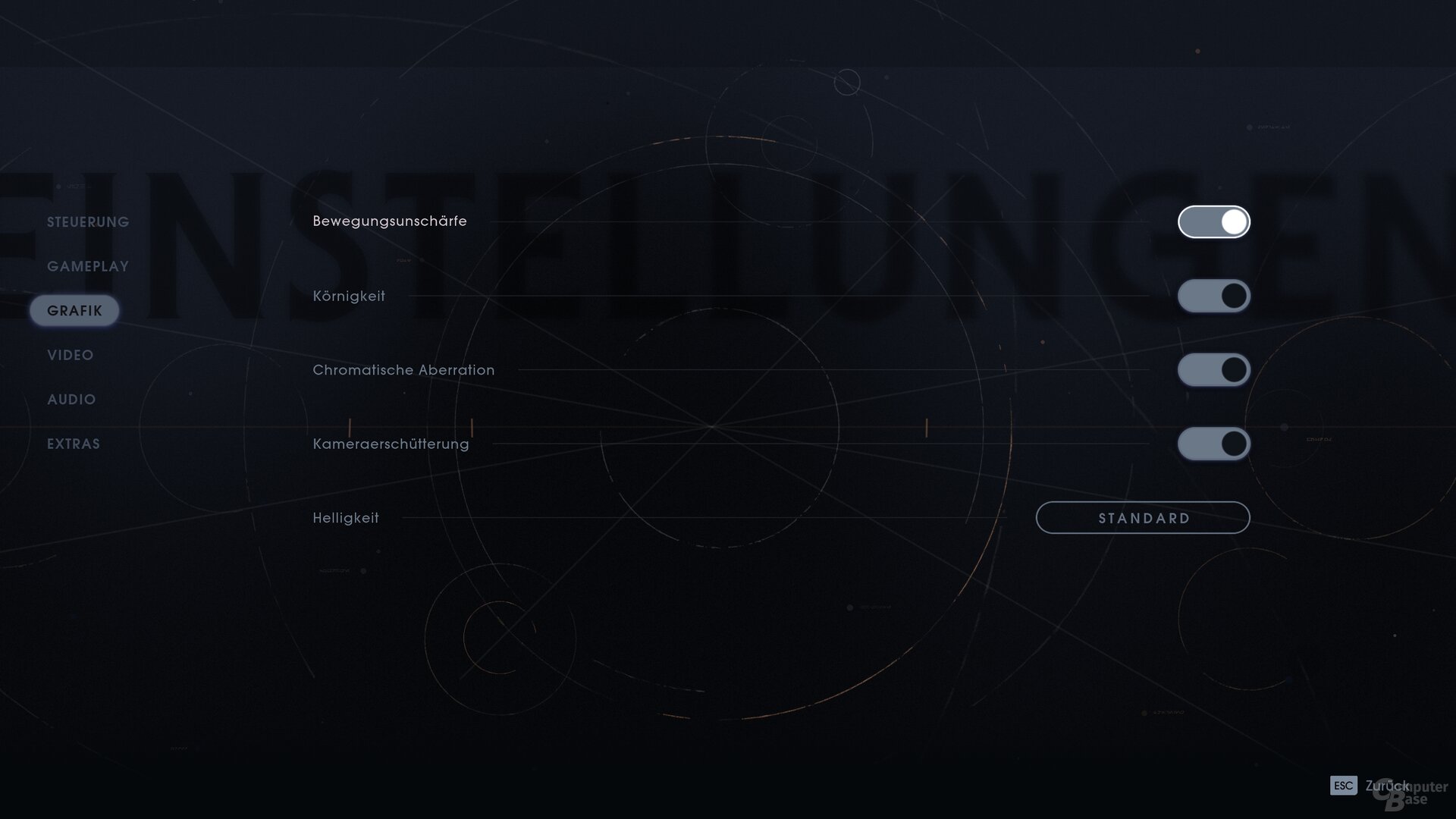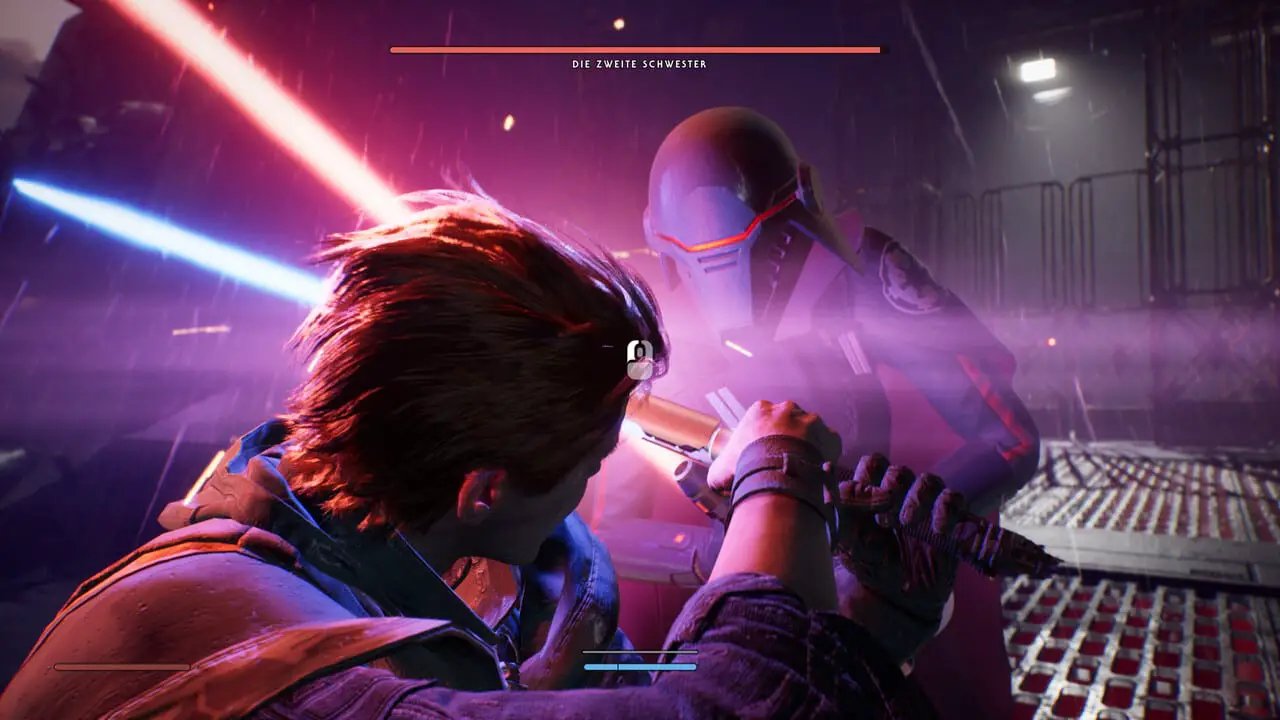– With Star Wars Jedi: Fallen Order there is another game in the Star Wars universe in which you yourself swing the lightsaber. BitcoinMinersHashrate looked at the PC version and created various graphics card benchmarks. It turns out that no high-end hardware is required.
Update 19.11.2019 10:30 a.m.
Star Wars games are relatively rare. The last title was Star Wars: Battlefront 2 towards the end of 2017, after which there was radio silence. Now it is time again: With Star Wars Jedi: Fallen Order you can literally swing the lightsaber yourself. Even if EA has the license to Star Wars, Star Wars Jedi: Fallen Order was allowed to run another developer with Respawn Entertainment. And they recently did a good job with the Titanfall series and Apex Legends.
After the latest graphic hits appeared with Call of Duty: Modern Warfare and Red Dead Redemption 2, Star Wars Jedi: Fallen Order is visually much quieter. The game still looks good, but nothing more. Lighting, animations, textures and co. are all neat. However, there are no highlights or major weaknesses. The most important thing is that the optics correctly capture the mood.
Unreal Engine 4 with DirectX 11
The developers are switching from the source engine still used in Apex Legends to the Unreal Engine 4. Interestingly, even if EA acts as publisher and client, the in-house Frostbite engine is not used. As an API, the game uses DirectX 11, and a possible low-level implementation is dispensed with. The same applies to ray tracing or other optical delicacies from AMD or Nvidia. The game also does not participate in a game program from the two graphics card manufacturers.
After the graphics menus in the last PC games had a massive scope and sometimes also many practical helpers, Star Wars Jedi: Fallen Order offers little to nothing in this regard. It is possible to have the resolution adjusted dynamically so that the resolution is reduced if the performance is insufficient. And an FPS limiter with levels 30, 45, 60, 90, 120 and 144 FPS. But that's about it, apart from three presets and six individual options, there is nothing else.



Speaking of the FPS limiter: it cannot currently be switched off easily. In other words, more than 144 FPS cannot be shown in the game. It is annoying. There is a trick, however, to allow a higher frame rate: like the colleagues at Techpowerup have found out, the limiter can be further increased with the help of a hex editor. This is cumbersome, but better than nothing.
Three graphic presets
Star Wars Jedi: Fallen Order offers three different graphic presets with "Medium", "High" and "Epic", whereby Epic also means the maximum details. There is no low setting, the Medium option is the minimum.
The three graphic presets differ primarily in the visibility or aggressiveness of the LOD. That being said, the visual differences between epic and medium are small. However, the differences are larger than the screenshots suggest. Because while the pictures simply lack elements with medium and high visibility, they pop in front of the player again and again in motion.
Apart from that, the visual differences are small. The textures become a little blurred with reduced details and the shadows lose details. However, since the more aggressive LOD can be quite annoying, it is advisable not to go under the high preset.
The tuning potential is mediocre
If you switch back from the epic to the high preset, you increase the performance on the GeForce RTX 2070 by twelve percent, on the Radeon RX 5700 XT it is 13 percent. The shirt is larger on the middle setting, which brings a further 27 or 30 percent. The tuning potential in Star Wars Jedi: Fallen Order is only mediocre with 41 and 46 percent.
Graphics presets in Star Wars Jedi: Fallen Order
Central Preset
High-Preset
Epic-Preset
Central Preset
High-Preset
Epic-Preset
Star Wars Jedi: Fallen Order relies on post-processing anti-aliasing, which is exactly what it does, but remains a secret. However, this uses a temporal component so that the entire image is processed. This makes it appear flicker-free in motion, which also applies to low resolutions. However, as is often the case with these, for example 1,920 × 1,080, the image becomes a little blurred. This blurring decreases significantly at 2,560 × 1,440 and is no longer visible from 3,840 × 2,160. The anti-aliasing hardly costs performance and should therefore always be set to the maximum setting.
Sharpening helps miracles – on a GeForce
Nvidia's resharpening filter integrated in the driver helps little miracles in terms of blurring, especially in Full HD. Because "GIS" (GeForce Image Sharpening) removes most of the blur in 1,920 × 1,080 and yet the image tends to flicker only slightly more. In addition, unlike in Red Redemption 2, resharpening does not change the visual style of the game, which is why GIS in Full HD should definitely be tried out.
Since AMD's competitor technology RIS (Radeon Image Sharpening) is not supported in DirectX 11 games and, moreover, no FidelityFX has been integrated into the game, Radeon users in the game have no possibility of simple re-sharpening.
Average textures with average consumption
The textures of Star Wars Jedi: Fallen Order leave a good impression, but nothing more. Because they don't show too many details, you shouldn't look at the surfaces in detail. However, this is not noticed negatively in actual play. As a kind of compensation, the memory consumption is also limited: A graphics card with 6 GB is also sufficient in Ultra HD for the highest texture level. With Full HD, even a 3D accelerator with 4 GB has no problems.
On the next page: GPU benchmarks and frame times



















